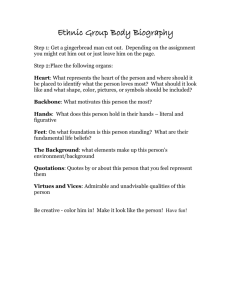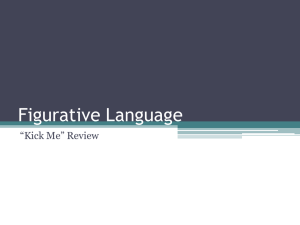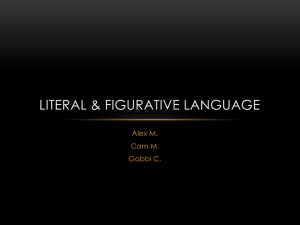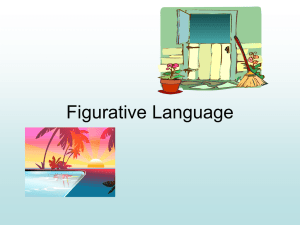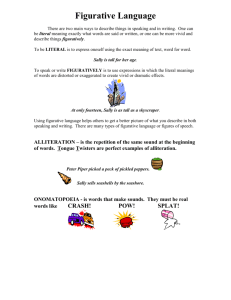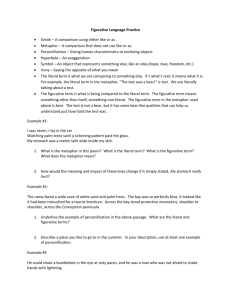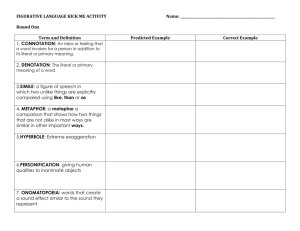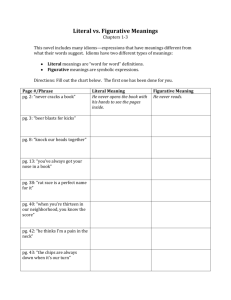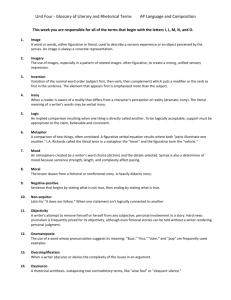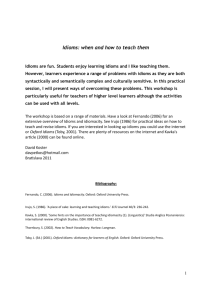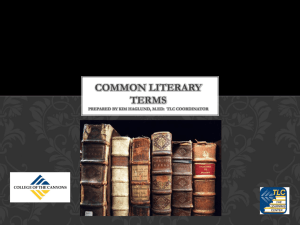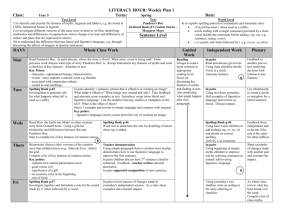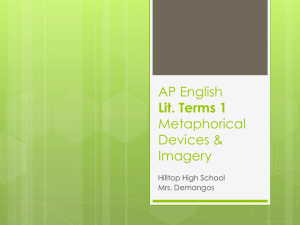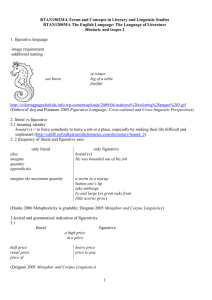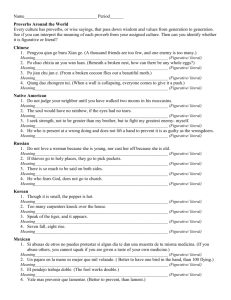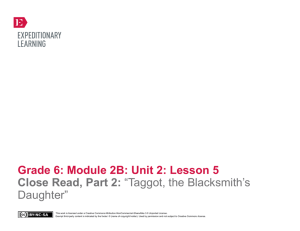critical reading
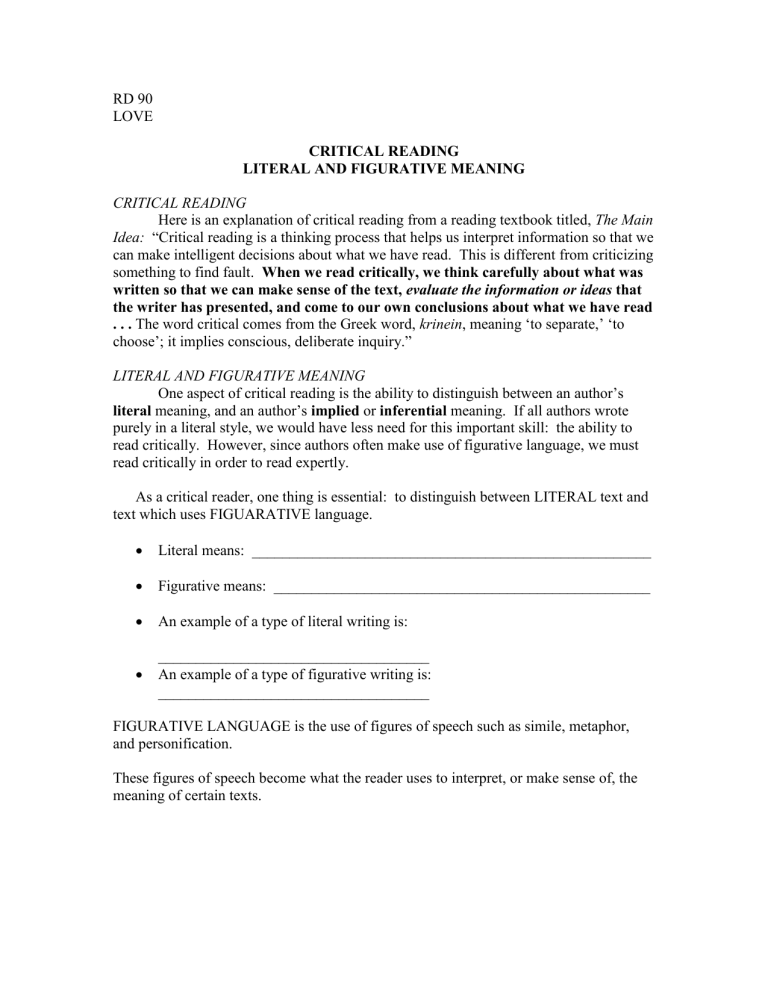
RD 90
LOVE
CRITICAL READING
LITERAL AND FIGURATIVE MEANING
CRITICAL READING
Here is an explanation of critical reading from a reading textbook titled, The Main
Idea:
“Critical reading is a thinking process that helps us interpret information so that we can make intelligent decisions about what we have read. This is different from criticizing something to find fault. When we read critically, we think carefully about what was written so that we can make sense of the text, evaluate the information or ideas that the writer has presented, and come to our own conclusions about what we have read
. . . The word critical comes from the Greek word, krinein
, meaning ‘to separate,’ ‘to choose’; it implies conscious, deliberate inquiry.”
LITERAL AND FIGURATIVE MEANING
One aspect of critical reading is the ability to distinguish between an author’s literal meaning, and an author’s implied or inferential meaning. If all authors wrote purely in a literal style, we would have less need for this important skill: the ability to read critically. However, since authors often make use of figurative language, we must read critically in order to read expertly.
As a critical reader, one thing is essential: to distinguish between LITERAL text and text which uses FIGUARATIVE language.
Literal means: _____________________________________________________
Figurative means: __________________________________________________
An example of a type of literal writing is:
____________________________________
An example of a type of figurative writing is:
____________________________________
FIGURATIVE LANGUAGE is the use of figures of speech such as simile, metaphor, and personification.
These figures of speech become what the reader uses to interpret, or make sense of, the meaning of certain texts.
Be sure to study and understand each of the following figures of speech:
1.
Simile : compares two unlike things using the words like, as, or as if
EG: The New England Patriots are as powerful as a Super Nova.
2. Metaphor : compares two unlike, or dissimilar things directly without using like, as, or, as if.
EG: Joy is a resplendent river surging towards its source.
3. Personification : gives human attributes to a nonhuman subject.
EG: The early bird laughs and struts .
4. Analogy : compare something that is different from it but does have something in common with it.
EG: She was as strong and brilliant as a sapphire diamond .
5. Symbol : a person, object, or event that stands for more than its literal meaning.
EG: The American flag symbolizes democratic freedom .
6. Literary Allusion : references something that is supposed to be common knowledge.
EG: Bart Simpson snorted and blubbered as he sang , “ The Long and
Winding Road
.”
7. Imagery : A word picture--images create word pictures using descriptive language.
EG: “Life is a broken-winged bird
.” (From “Dreams” by Langston Hughes)
In addition to studying these definitions, why not try and create some images, metaphors, symbols, and so on, of your own? Remember, applying what you have learned helps to solidify your comprehension and retention of a subject. Have fun!
KEY AREAS OF STUDY:
Using your own language, clearly define each term’s meaning.
How does an awareness of figurative language enable one to read better?
What is the “skill” of critical reading?
Why is it necessary to understand the difference between literal meaning and figurative meaning?
What is the “skill” of interpretation?
